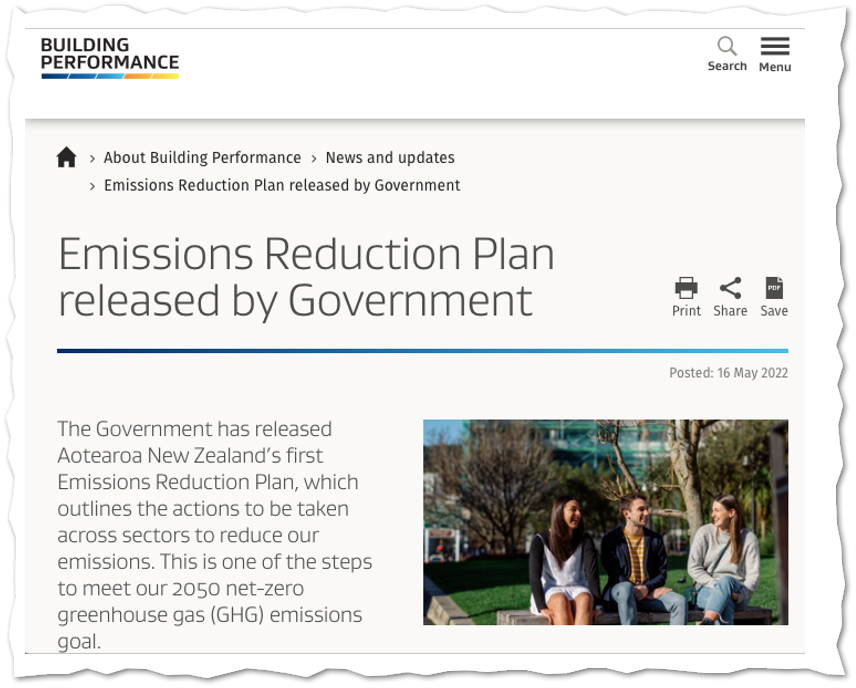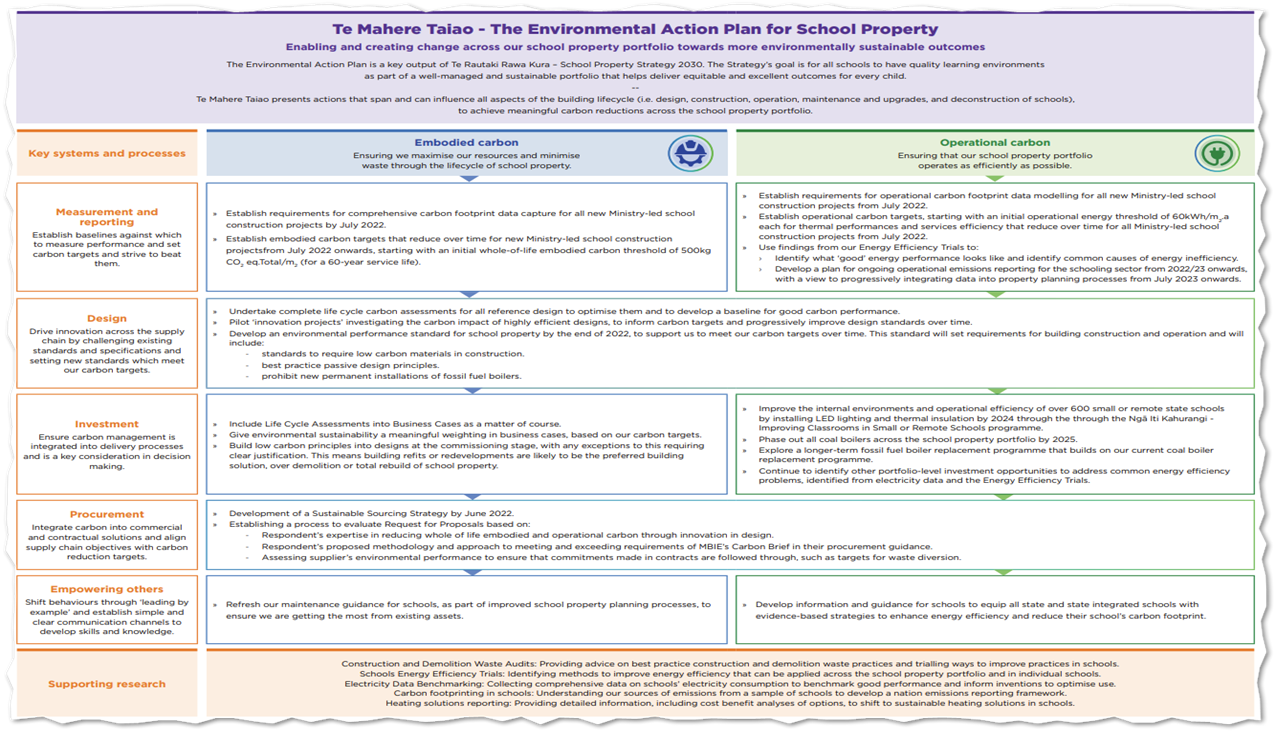It’s one thing to build bespoke higher-performing homes under contract for a client. It is quite another measure of risk to build spec homes that out-perform the Building Code minimums. There are currently two different developments in Christchurch, neither yet in construction, that are targeting LEB certification. Both are by Nest Residential. The first is a three-townhouse project in Addington …
A LEB is not a PH
It’s not correct to say a Low Energy Building (LEB) is a Passive House. Yes, it is a PHI standard. But to claim it is a Passive House, as a real estate agency’s media release did last month, is going too far. Yes, LEB is a building certification awarded by the Passive House Institute but it is confusing to conflate …
MBIE response (and ours) to NZ Emissions Reduction Plan

MBIE has summarised its take on the New Zealand Emissions Reduction Plan. Building for Climate Change (BfCC) will be its tool to make this happen through legislation. We will finally be stepping up to designing for thermal performance (eg operational carbon) and embodied carbon. At Sustainable Engineering, we’re doing our best to lay out a path for this to happen …
First emissions reduction plan heading in right direction on buildings

The long-awaited first Emissions Reduction Plan was published yesterday and media commentators are rushing to dissect it. I liked that the foreword describes the problem as also an opportunity: “a challenge present[ing] the single greatest opportunity we’ve had in at least a generation … It means warmer homes and lower household power bills.” I have three initial observations, specifically on …
Great developments in NZ social housing

Kāinga Ora’s priorities for New Zealand social housing were laid out in a recent detailed article in Architecture Now, which is worth reading in full. It charts the agency’s journey toward building very high-performance homes, right up to Passive House standard, and slashing embodied carbon. Sustainable Engineering has completed pre-construction (design stage) review and approval for Nga Kainga Anamata and …
Four tools for scaling up Passive House adoption: international review

This in-depth international review, The Keys to Successful Passive House Implementation, aimed to identify how to successfully implement Passive House construction at scale. The research was commissioned by the California Public Utilities Commission, which aims to apply these learnings in that state. The report developed a “Passive House Best Practices Toolkit” to increase the uptake of the Passive House standard …
How to decarbonise NZ schools

Clear, specific and timely actions to reduce schools’ operational and embodied carbon footprint are contained in a recent Ministry of Education (MoE) report, . The recommendations are excellent and they matter because the Ministry manages a huge real estate portfolio and is a major real estate developer: over 16,000 buildings used by over 790,000 students in 2100 state-owned schools/kura The …
QuickSet all set for updated H1 requirements

Here’s a great summary from QuickSet outlining its practical formwork/insulation solutions that fit with the increased H1 requirements. This includes heated slabs. We’re proud to have helped with these developments, including the thermal modeling for their slab systems. The new QuickSet Ultra with base insulation makes this building scientist happy! Also worth noting: the QuickSet standard taper has also improved. …
Scaling up PH trades training

New Zealand needs more tradespeople, full stop. But we also need tradies with skills and experience of building the Passive House way, especially as larger certified projects get underway. In the UK, a large construction firm developed their own training and to date more than two thousand tradies have earned their “Passivhaus Passport”. This seems to be shorter and more …
